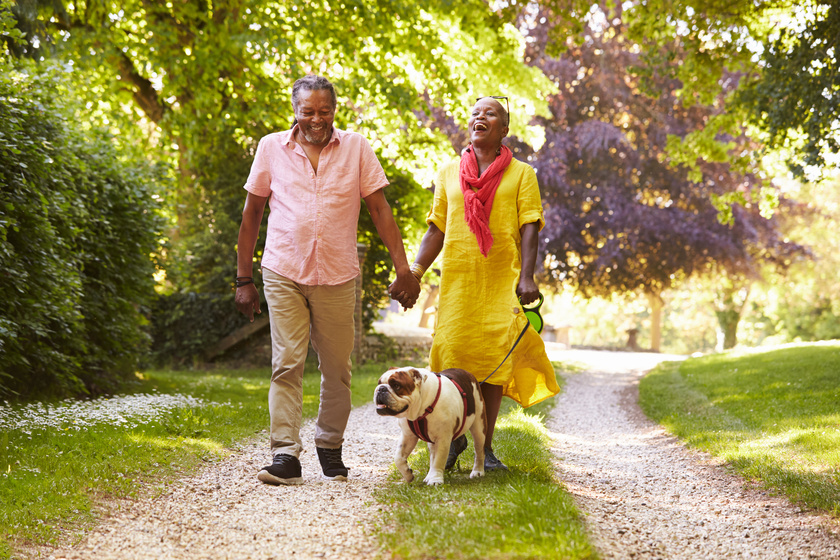Walking a dog is a healthy activity that retirees in their golden years can engage in. They can get their daily dose of exercise and sunshine whenever they walk their dogs. Furthermore, having their pet dogs around is good for companionship. That said, there are also several risks involved when it comes to dog walking for seniors, especially when the dog is leashed. Read on to learn more about some of these risks and how to minimize them.
Tripping on Leashes
Leashes are often used on walks to help owners keep their beloved dogs close to them. While walking your dog on a leash may seem harmless to some, the leash can be a tripping hazard for older adults. This is especially so if you are walking more than one dog as your dogs may move around and cause the leash to be entangled.
Sometimes, the leash could also get caught on your legs and cause you to trip over and hurt yourself. In order to prevent this from happening, you should be careful whenever you’re handling your dog on a leash. Always use a leash that is not too long or too short so you can have optimal control over the leash and your dog.
Falls
Walking a dog requires some strength and stamina. Has your pet dog ever resisted going in the direction you wanted to go? For older adults who are less strong or mobile, it may be a challenge to control their dog on the leash.
Countering resistance put up by your dog could lead to falls. Such situations are more likely to happen to owners of bigger dogs such as golden retrievers and the Great Danes as these breeds are known for their sheer strength. On the other hand, while small dogs may not have as much strength, they can still be a tripping hazard.
To prevent falls in older adults, you can consider hiring a dog walker to join in the dog-walking fun. Your pet dogs can be handled by the dog walker while you enjoy the walk with your beloved pets.
Fractures
Falls can cause fractures that are very dangerous for seniors. Studies have shown that many seniors who had fractured their hips are unlikely to recover fully and often suffer from mobility issues thereafter. This will in turn affect their daily lives as they require assistance to perform activities of daily living.
Bad Weather
It can be dangerous for older adults to walk their pets in winter. This is because as you age, it becomes more challenging for your body to regulate your temperature. To avoid contracting the flu, the common cold, or even worse, hypothermia, you should take precautions or refrain from going on long walks with your dog when it is cold outdoors.
Additionally, if you and your pet are caught in the rain, you will also be exposed to the possibility of slips and falls due to the slick surfaces.
When it is bright and sunny outside, it can also be unsafe for seniors to walk their pets. Walking dogs in the heat can be dangerous as you run the risk of getting sunburned or experiencing heatstroke. To prevent that, be sure to go through our hot weather safety checklist and avoid going for a walk during the hottest parts of the day.







